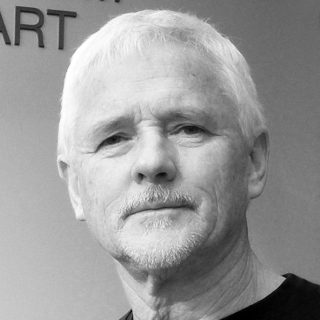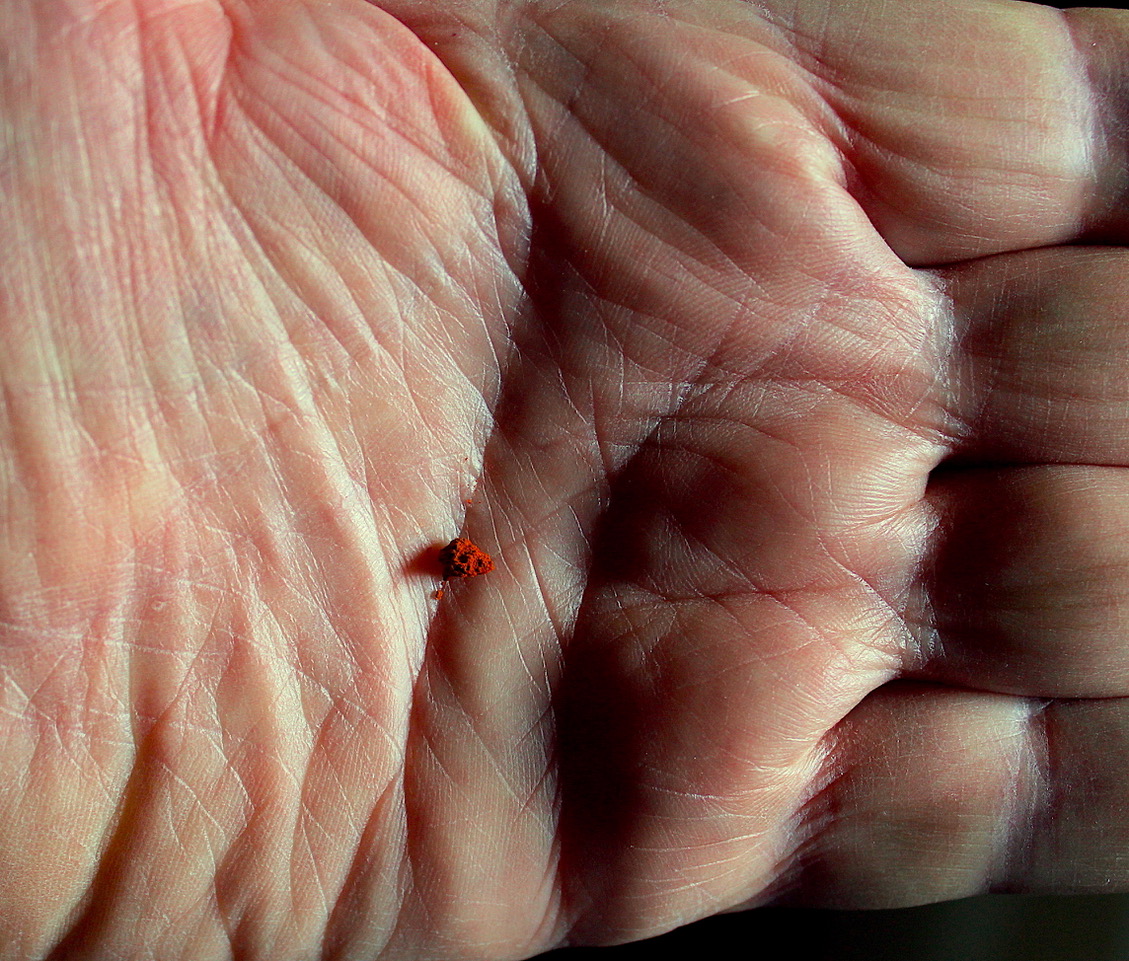
John Neylon
John Neylon is an award-winning art critic and the author of several books on South Australian artists including Hans Heysen: Into The Light (2004), Aldo Iacobelli: I love painting (2006), and Robert Hannaford: Natural Eye (2007).

The idea of a ‘museum without walls’, brought to life in the 1940s, has resonance with the current online life art galleries have had to embrace under COVID-19.
In 1947 the French art historian and explorer André Malraux coined the phrase ‘musée imaginaire’. It has since come into common usage as ‘museum without walls’. With an explosion of high-end print publication from the 1960s onwards, magazines, lavishly illustrated books and eventually colour TV, brought quality, colour reproduction of art into the lives of millions.
For the first time, many could get a sense of what was really there in iconic museums such as the National Gallery and The Louvre, as well as cultural heritage sites across the globe. More recently, commentators have waxed lyrical on what Malraux would have made of the digital revolution and agreed that he would have approved.
The nuanced red shift from ‘imaginary’ to ‘without walls’ was none of Malraux’s making. He saw photography (of works of art) as ‘art’s printing press’ – an agency that promoted engagement and served the needs of the art industry. But his museum was the one which people carried around in their minds – that is, ‘imagined’. And in that sense, his idea has contemporary resonance.
In very uncertain times, the temporary closure of art museums has created an opportunity to re-imagine this idea of a meta museum floating around inside our heads. If gallery-going is simply just that, a nice thing to do, then all that’s required is a change of routine, more Sudoku and hope for better days. But for people who need to see good, exciting, challenging, familiar art, then the imagined museum comes into play.
Favourite works are recalled with the assistance of catalogues, books, personal photo diaries and online resources. Invariably the Google Arts and Culture site (‘over 2000 museums from over 80 countries’) gets hammered. As virtual visitors navigate their way through this vast global museum of images and virtual tours, it would be impossible to at some point hit overload.
This is partly because the designers of many museum sites have built in functional agency that simulates the choices that viewers make in real museums. ‘Where do you want to go?’, ‘Old Masters this way’, ‘Highlights Tour On Now’. But say you’ve actually been to the museum and want to drill down into favourites? No problem. Activate the Zoom-Into tab and inspect Vermeer’s Girl with a Pearl Earring so closely that you’ll realise that the bridge of the nose was never actually painted. Like the work? Take it home (by downloading Google Art Projector) and hang it full size in a room in your own house. Oh my!
Alternative art spaces and commercial galleries are not museums. Because they do not collect they are living in the eternal ‘now’. But making sense of what they offer online still relies on visitors adding this to the imaginary museums in their heads. Some massaging of the experience or back stories is required.
The trend, evident even before COVID-19 lockdowns, has been to make the experience of visiting a gallery online more transactional. An entry point is to have the curator speak to the visitor, like Leigh Robb introducing Monster Theatres on the AGSA site, or curatorial programs manager Peter Johnson engaging with works by Xu Zhen on the NGA site. Artists in conversation or action through video and podcasts are now standard fare and can be found on museum and gallery sites across Australia and elsewhere.
The NIRIN At Home component of the Biennale of Sydney, for example, has Ibrahim Mahama and Breaking Bread interrogating the everyday of coffee culture in a video that invites people to get involved at home. A more transactional approach is currently demonstrated in Fabrik’s series of online workshops in which local artists use Zoom to demonstrate for and instruct registered groups. Which leads to another option best suited to artists and galleries showcasing video and animation works.
ACE Open is now into its online exhibition recess series with a new video and complementary text appearing each week. Spinning connections between the first two off the rank, Tout en sollicitant le soleil (cupola 1/2) and Bush Doof, is quite a ride, so get on board as the series unfolds. Just imagine how easy and economical it would be to commission a year-round calendar of digital ‘exhibitions’ rather than entice real visitors to spend time in bricks and mortar, funded art spaces, looking at product that could be subscriber-streamed to 4K TVs in their own homes.
Hanging over this embrace of technology-enabled delivery options are questions of meaning and value. Research tells us that in an age of the web-rewired brain, clickbait freneticism and the art-selfie, the attention span of many is being reduced. Luring viewers into a more reflective encounter with art through seductive online, even transactional, encounters with artists, and insights into process, will only add to personal experience if it is located in that imaginary museum of the mind, in whose inner sanctum is a sign saying ‘here it all makes sense’. No gallery, large or small, should set out on this journey without a poet or (gulp) a neuroscientist on board to light the way.
But, in the end, will a grain of sand considered in the hand deliver more than an ‘all your eyes can eat’ virtual tour of Starry Night? Probably.

John Neylon is an award-winning art critic and the author of several books on South Australian artists including Hans Heysen: Into The Light (2004), Aldo Iacobelli: I love painting (2006), and Robert Hannaford: Natural Eye (2007).